We can argue about whether the richest country in the world has a moral or ethical obligation to provide affordable access to basic and essential health care. We can split hairs on whether health care is a human right or a consumer commodity, a public good or a forced transfer of wealth. But while the argument about who deserves what continues, we’re going to talk about a progressive trend in health care that starts with where people live—and positively affects health equity and health outcomes, right now.
It’s hard to get healthy if you’re homeless or hungry
Many in the health community agree that just 20% of health is attributed to access to quality health care while 80% depends on social and economic factors, health behaviors and the built environment (e.g., housing, clean water, transportation). This means that in order to make a positive impact on health, basic needs must first be substantively met. So it follows, that without the integration of social and community services, it’s unlikely health care will have a measurable impact on at-risk populations.
Enter community health workers
The innovation that is changing health equity and health outcomes is actually a simple, sensible solution in which community health workers are enlisted to serve as intermediaries between individuals and health and social services. They work to improve the quality and cultural competence of services delivered and to teach individuals how they can achieve better health in the communities where they live.
These trusting relationships are based on shared life experiences, (cultural, socio-economic and language) and have been shown to significantly lower health disparities by addressing social determinants of health that often hinder health improvements.
Early community health workers
From MChip: “Community Health Worker programs began in China in the 1920s when farmers were trained to record births and deaths, issue vaccinations, provide first aid and health education and help communities keep their wells clean. During this early period of experience with CHWs, the movement incorporated two agendas: the first was a service-oriented agenda of extension of preventive and curative services within the existing health system, while the second was a transformative agenda concerned with engagement of communities in the process of taking responsibility for their health, and addressing the environmental, social, and cultural factors that produce ill health, including inequity and deep poverty.”
In 2005, the U.S Congress signed into law the Patient Navigator Outreach and Chronic Disease Prevention Act (PL 109-18). paving the way for the emerging profession of Community Health Worker. The measure provided $25 million for patient navigator services through community health centers over a period of 5 years. The law required that facilities receiving the grant agree to recruit, train, and employ patient navigators with direct knowledge of the communities they serve to provide health-care services to individuals.
In the early 2000s, when Minnesota began to develop Community Health Worker policies, they realized that people were already doing this work in vulnerable communities. Some of these individuals helped pass the 2007 Minnesota law authorizing Medicaid payment for care coordination and patient education services supervised by CHWs.
CHWs in Minnesota
Today, in the 2017 Minnesota Department of Health Emerging Professions Community Health Worker toolkit, the goals of a CHW are summarized at a high level. Their job is to:
- Bridge the gap between communities and the health and social service systems
- Navigate the health and human services system
- Advocate for individual and community needs
- Provide direct services (such as wellness education)
- Build individual and community capacity to achieve wellness
Feet on the street
Much like the so called Barefoot Doctors of 1920s’ China, modern CHWs have a close understanding of their community, cultural and language alignment, a consistent community presence and an ability to provide access and understanding of resources to address barriers to better health.
A fine example of feet on the street is found in Minneapolis, at HCMC, a safety net hospital providing care for low-income, uninsured and vulnerable populations. At Hennepin County Medical Center, a 484-bed hospital with downtown and neighborhood clinics, the CHW premise is to “meet individuals’ basic needs before we can meaningfully impact health, address social challenges that result in poor health management and ‘revolving door’ care, and to financially align coordinating systems to improve health outcomes and reduce costs.”
CHWs conduct a lifestyle overview to understand the needs of individuals, meet patients where they are and help guide care planning, health coaching and goal setting. They offer housing and employment assistance, connection to a wide variety of programs and services, and follow up with patients to assure appointments are made and kept, and admissions conducted where necessary.
Bumps and benefits
In Minnesota, CHWs are employed by hospitals, public health centers and as eldercare advocates for the growing aging community. In some scenarios CHWs are considered the “super glue” of communities for their ability to help people knit together resources to overcome hunger, homelessness, or lack of safety at home, for example. In others, CHWs report that they are “finding their way” despite occupational sensitivity on the part of other health professionals about the emerging profession of the CHW. It has been suggested that inter-professional education could help prepare physicians, nurses, social workers and other health professionals to work with CHWs to help them better understand their unique strengths and contributions to culturally-competent patient outreach, care and education—while allowing clinicians to work at the top of their licensure.
From a strategic perspective, the potential for CHWs to affect health care system improvements is significant. Their interactions help lower costs through targeted interventions and increase patient engagement in their own well-being. They literally put more “care” in care giving. One at a time, in small and big ways, these good neighbors are working to transform public health.
How’s the health in your community?
Here's a nice tool to help you check in on your community's health rankings by county.


